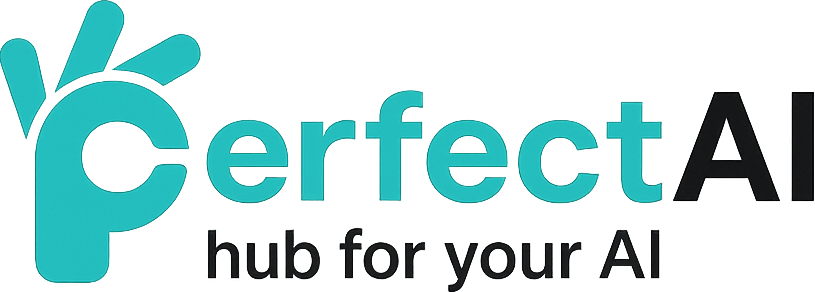AI Integration Best Practices: Connect Everything Seamlessly
The power of AI agents multiplies when they can access and act across your entire tech stack.
Why Integration Matters
Siloed AI delivers limited value. Connected AI transforms businesses by:
Eliminating manual data transferEnabling end-to-end automationProviding complete visibilityDelivering compound ROIIntegration Architecture
Hub and Spoke Model
AI agent sits at the center, connecting to multiple systems:
CRM (Salesforce, HubSpot)Communication (Email, Slack, Teams)Marketing (WordPress, social platforms)Analytics (Google Analytics, Mixpanel)Custom tools via APIEvent-Driven Architecture
Systems trigger AI actions based on events:
New lead → Qualification workflowSupport ticket → Routing and responseForm submission → Data enrichmentPayment received → Thank you sequenceIntegration Methods
1. Native Integrations
Pre-built connectors maintained by the platform
Fastest setup (minutes)Most reliableAutomatic updatesLimited customization2. API Connections
Direct API integration for flexibility
Custom workflowsFull controlRequires technical knowledgeMore maintenance3. Webhooks
Event-driven real-time updates
Instant notificationsLightweight and fastBidirectional communicationRequires endpoint setup4. Zapier/Make
No-code integration platforms
Easy for non-developers5,000+ app optionsAdditional costPerformance limitationsSecurity Considerations
Authentication
Use OAuth 2.0 when available for secure token-based auth.
Data Encryption
Ensure all data transfer uses TLS 1.3 or higher.
Access Control
Grant minimum necessary permissions following principle of least privilege.
Audit Logging
Track all integration activity for compliance and debugging.
Common Integration Patterns
Sales Workflow
Lead form submission (Website)Create/update record (CRM)Enrich data (Third-party API)Score and qualify (AI Agent)Assign to rep (CRM)Send notification (Slack)Schedule follow-up (Calendar)Support Workflow
Ticket created (Zendesk)Analyze sentiment (AI Agent)Check knowledge base (Help docs)Route to specialist (Zendesk)Update customer (Email)Log interaction (CRM)Testing Integrations
Unit Testing
Test each integration individually:
Authentication worksData flows correctlyError handling functionsRate limits respectedIntegration Testing
Test end-to-end workflows:
All steps complete successfullyData transforms correctlyTiming and delays workFallbacks engage when neededLoad Testing
Verify performance at scale:
Handle expected volumeGraceful degradationQueue managementResource utilizationTroubleshooting
Common Issues
Authentication failures
Check credentials and permissionsVerify token expirationConfirm API key validityData sync problems
Validate field mappingCheck data types matchVerify required fields presentRate limiting
Implement exponential backoffRespect API limitsConsider batching requestsTimeouts
Optimize query performanceIncrease timeout thresholdsUse async patternsMonitoring and Maintenance
Track these metrics:
Integration uptimeRequest/response timesError ratesData accuracyAPI usage vs limitsBest Practices Summary
**Start with native integrations** when available**Document everything** for future maintenance**Implement error handling** for robustness**Monitor continuously** for early issue detection**Plan for scale** from day one**Test thoroughly** before production**Maintain security** with least privilege**Keep integrations updated** as APIs evolve*PerfectAI offers 100+ pre-built integrations and custom API support. Connect your entire stack.*
